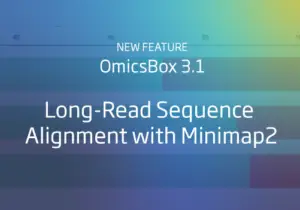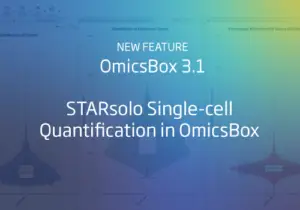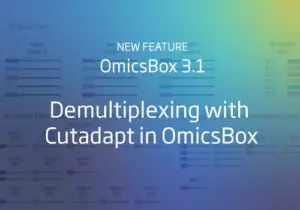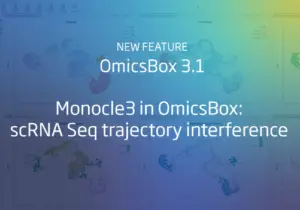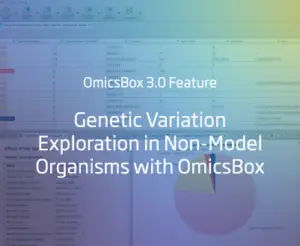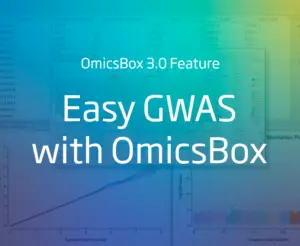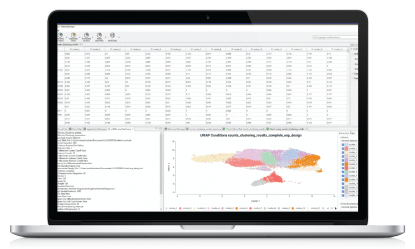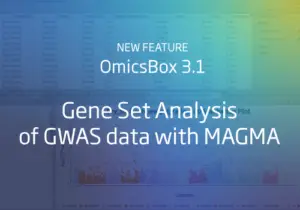
Gene Set Analysis of GWAS data with MAGMA
The pursuit of genetic advancement in agricultural crops is a nuanced and ongoing scientific endeavor. The advent of Genome-Wide Association Studies (GWAS) marked a significant stride, offering a window into the intricate interplay between genetic variants and phenotypes. Yet, the scope of insights garnered through GWAS can be further enriched when coupled with refined analytical tools. The Gene Set Analysis
